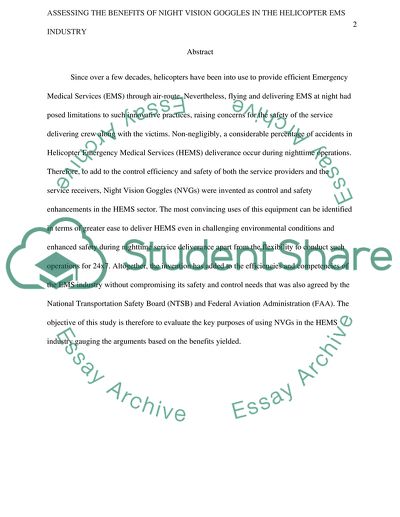Cite this document
(Night Vision Goggles For Helicopter Pilots Research Paper, n.d.)
Night Vision Goggles For Helicopter Pilots Research Paper. Retrieved from https://studentshare.org/information-technology/1857976-assessing-the-benefits-of-night-vision-goggles-in-the-helicopter-ems-industry
Night Vision Goggles For Helicopter Pilots Research Paper. Retrieved from https://studentshare.org/information-technology/1857976-assessing-the-benefits-of-night-vision-goggles-in-the-helicopter-ems-industry
(Night Vision Goggles For Helicopter Pilots Research Paper)
Night Vision Goggles For Helicopter Pilots Research Paper. https://studentshare.org/information-technology/1857976-assessing-the-benefits-of-night-vision-goggles-in-the-helicopter-ems-industry.
Night Vision Goggles For Helicopter Pilots Research Paper. https://studentshare.org/information-technology/1857976-assessing-the-benefits-of-night-vision-goggles-in-the-helicopter-ems-industry.
“Night Vision Goggles For Helicopter Pilots Research Paper”, n.d. https://studentshare.org/information-technology/1857976-assessing-the-benefits-of-night-vision-goggles-in-the-helicopter-ems-industry.


